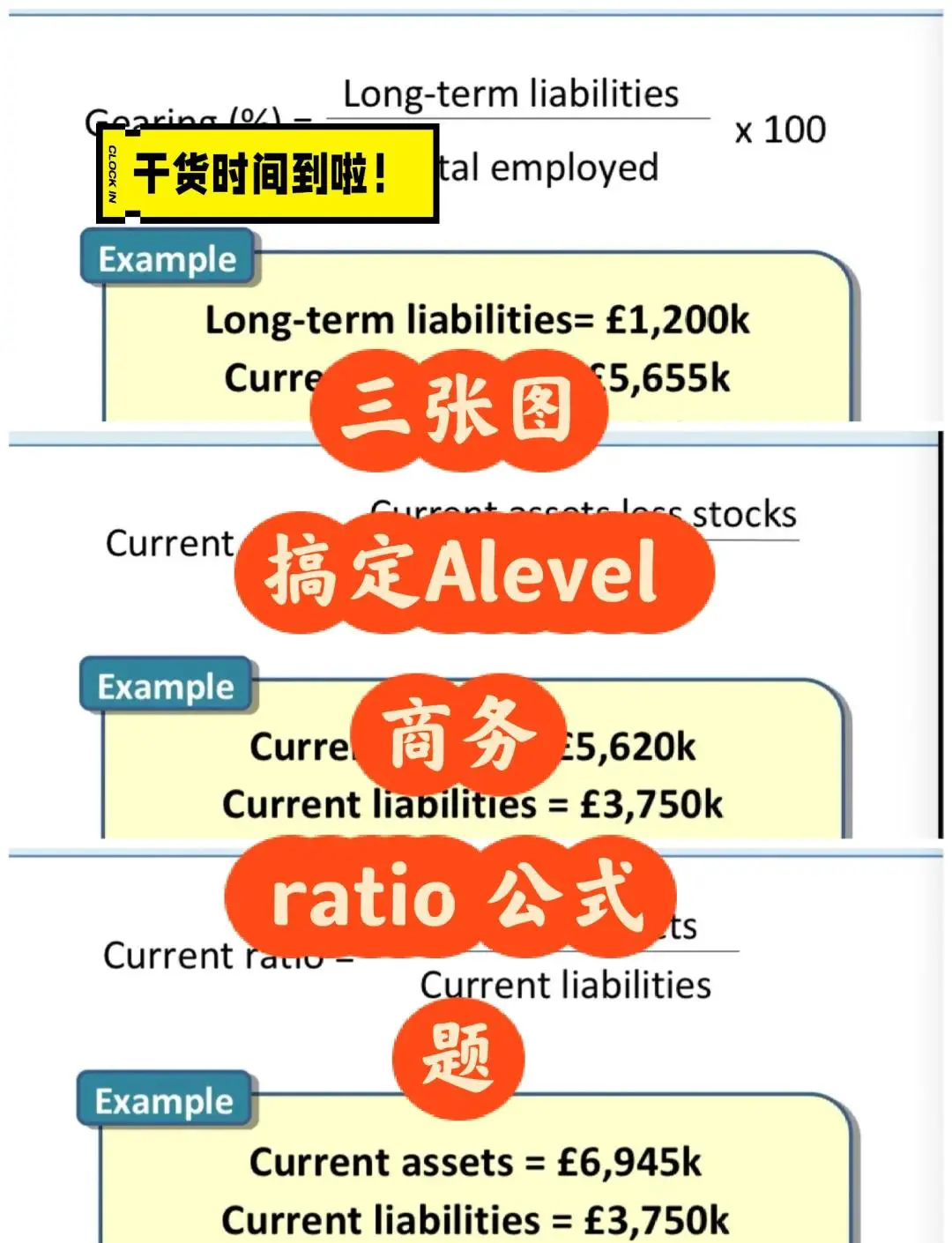

The Sortino Ratio has become one of the most important metrics in the field of finance, particularly for evaluating risk-adjusted returns in investment portfolios. It is an improvement over the traditional Sharpe Ratio and is designed to address the limitation of measuring overall volatility, which can be misleading when the volatility is primarily due to positive returns. This guide will provide you with an in-depth understanding of the Sortino ratio, its calculation, and how it can be used in portfolio management, risk assessment, and trading strategies.
What is the Sortino Ratio?
The Sortino Ratio is a variation of the Sharpe Ratio that focuses solely on the downside risk, rather than total volatility. It is a measure of the risk-adjusted return of an investment, where a higher Sortino Ratio indicates that an investor is receiving more return per unit of downside risk.
The formula for the Sortino Ratio is:
Sortino Ratio=R−Rfσd
Sortino Ratio=
σ
d
R−R
f
Where:
R = the average return of the investment
R_f = the risk-free rate
σ_d = the standard deviation of negative returns (downside deviation)
Unlike the Sharpe ratio, which penalizes both upward and downward volatility, the Sortino ratio only considers the negative volatility, making it more appropriate for risk-averse investors.
Why Use the Sortino Ratio?
The Sortino Ratio offers several key advantages over other risk-adjusted performance measures like the Sharpe Ratio, making it a better tool for certain investors and portfolio managers. Let’s break down the reasons why the Sortino ratio is an invaluable tool:
Focuses on Downside Risk
The Sortino Ratio addresses a significant flaw in the Sharpe Ratio: it treats both positive and negative volatility equally. For most investors, however, only negative returns are undesirable. By isolating downside risk, the Sortino ratio provides a clearer picture of how an asset or portfolio performs relative to its risk.
Better Risk Management
For investors who are primarily concerned with avoiding losses (such as risk-averse investors), the Sortino Ratio offers a more tailored assessment of how much return is being generated for each unit of negative risk. This makes it ideal for portfolio managers, hedge fund managers, and retail investors alike.
Comparison with Sharpe Ratio
The Sharpe Ratio is a popular metric for measuring risk-adjusted returns, but it treats positive and negative returns the same way. While this is useful in some cases, it can be misleading when the positive returns are large enough to obscure downside volatility. The Sortino Ratio, on the other hand, gives more weight to negative returns, making it more relevant for evaluating risk-sensitive strategies.
For more details on this comparison, check out How is Sortino ratio different from Sharpe ratio
.
Best Practices for Using the Sortino Ratio
To make the most out of the Sortino Ratio, it’s essential to understand when and how to apply it properly in trading and portfolio management. Below are some best practices that can help maximize the effectiveness of this metric.
- Use the Sortino Ratio for Risk-Adjusted Return Analysis
The primary purpose of the Sortino Ratio is to measure the risk-adjusted return, specifically focusing on the downside risk. Investors can use it to evaluate how well their portfolios are performing relative to the risk they are taking on the downside.
Example:
Let’s say two investment strategies, A and B, have the same average return of 10%. However, Strategy A has a downside deviation of 5%, while Strategy B has a downside deviation of 8%. The Sortino Ratio will be higher for Strategy A, indicating it is less risky on the downside.
When to use: This method is ideal for risk-averse investors who want to avoid large negative fluctuations in their portfolios.
- Compare the Sortino Ratio Across Multiple Assets or Portfolios
Another powerful use of the Sortino Ratio is comparing the risk-adjusted returns of different assets or portfolios. It allows you to identify which assets or portfolios offer the best return for each unit of downside risk, helping you make more informed decisions.
Example:
Portfolio X: Average return of 12%, downside deviation of 4%
Portfolio Y: Average return of 14%, downside deviation of 7%
In this case, Portfolio X would likely have a higher Sortino Ratio, even though Portfolio Y has a higher average return, indicating a more favorable risk-adjusted performance.
When to use: This is especially useful for portfolio managers and institutional investors who need to compare the performance of various investment options.
- Combine the Sortino Ratio with Other Risk Metrics
While the Sortino Ratio is excellent for measuring downside risk, it’s essential to use it alongside other risk metrics for a more comprehensive view of a portfolio’s performance. For example, combining the Sortino Ratio with the Sharpe Ratio or Maximum Drawdown can help investors understand not only how much risk is taken but also the severity of potential losses.
When to use: When building a diversified portfolio or creating trading strategies, it’s important to combine multiple metrics to understand the full risk profile.
For further insights on this, refer to How Sortino ratio improves portfolio management
.
Common Mistakes When Using the Sortino Ratio
While the Sortino Ratio is a powerful tool, there are common mistakes that investors make when using it. Avoiding these pitfalls will ensure that you use the ratio correctly:
- Relying on the Sortino Ratio Alone
The Sortino Ratio provides valuable information, but it should not be used in isolation. Ignoring other performance measures, such as the Sharpe Ratio or maximum drawdown, can result in an incomplete analysis.
- Misinterpreting the Downside Deviation
Some investors mistakenly interpret downside deviation as the total risk of an investment. However, it only reflects the negative volatility, not the entire risk profile, which includes positive deviations as well. Therefore, it’s crucial to combine it with other risk metrics for a complete picture.
- Using the Sortino Ratio for Short-Term Analysis
The Sortino Ratio is more useful for long-term performance evaluation. Short-term market fluctuations may distort the calculation, so it’s better to use it in a broader context, such as annualized returns or over a longer time horizon.
How to Calculate the Sortino Ratio
Understanding the calculation of the Sortino Ratio is vital for applying it in your analysis. The ratio is calculated by taking the difference between the average return and the risk-free rate, then dividing it by the downside deviation.
Calculate the average return of the asset or portfolio over a specific period.
Determine the risk-free rate of return (often based on government bonds or another low-risk asset).
Calculate the downside deviation, which is the standard deviation of all negative returns.
Apply the formula to calculate the Sortino Ratio.
For a detailed explanation of the calculation, refer to How to calculate Sortino ratio
.
Frequently Asked Questions (FAQs)
- How do I interpret the Sortino Ratio?
A higher Sortino Ratio indicates a better risk-adjusted return, meaning the investment generates more return for each unit of downside risk. A ratio above 1.0 is generally considered good, while a ratio above 2.0 is considered excellent.
- How can I improve my Sortino Ratio?
To improve your Sortino Ratio, focus on reducing the downside deviation of your portfolio. This can be achieved by diversifying across different asset classes, reducing exposure to volatile assets, or employing hedging strategies.
- When should I use the Sortino Ratio in trading?
The Sortino Ratio is particularly useful in risk-averse strategies or when evaluating assets that are prone to large downside movements. It is most effective when you want to ensure that your investment strategy minimizes downside risk while maintaining healthy returns.
Conclusion
The Sortino Ratio is an essential tool for understanding risk-adjusted returns, especially for risk-averse investors and portfolio managers. By focusing on downside risk, it provides a clearer picture of how well an investment performs relative to the risks taken. To maximize your financial strategies, it’s critical to integrate the Sortino Ratio into your analysis and combine it with other metrics for a comprehensive view of your portfolio’s performance.
If you found this guide helpful, don’t forget to share it with your network and comment below with your experiences using the Sortino Ratio!

0 Comments
Leave a Comment